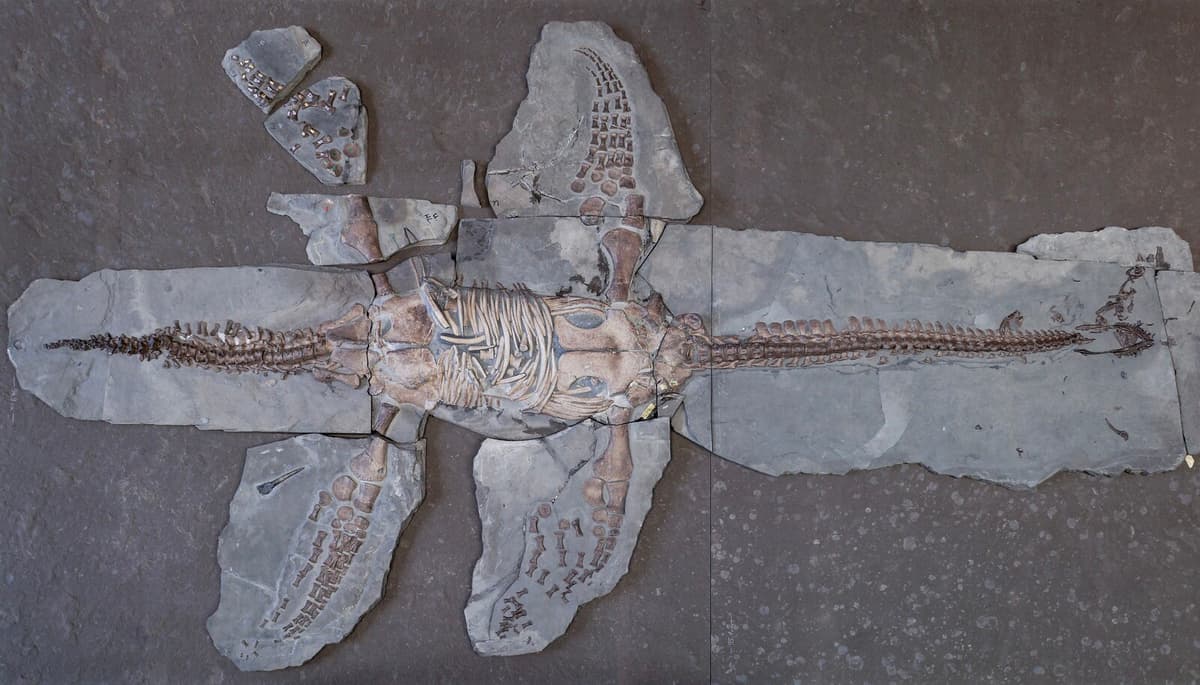The marine reptiles, plesiosaurs, lived at the same time as dinosaurs during most of the Mesozoic period, about 203-66 million years ago.
The animal group was identified over 200 years ago, but until now, no one has managed to make a detailed analysis of soft tissues from a fossilized plesiosaur.
Researchers at Lund University have done the latter by analyzing the remains of a 183-year-old plesiosaur found in Holzmaden, Germany. The researchers found that plesiosaurs had both smooth and scaly skin, probably to be able to swim fast and move on the seabed.
"The researchers believe that this variation may be related to different functions. The plesiosaur needed to be able to swim smoothly to catch fish and squid, which the smooth body skin provided hydrodynamic conditions for. At the same time, it also needed to be able to move on rough seabeds, which the scaly fins made possible," writes Lund University in the press release.
The study has been published in the scientific journal Current Biology.





